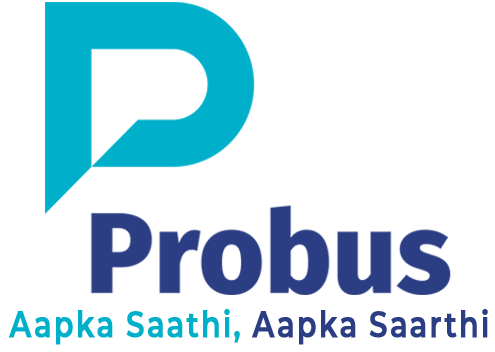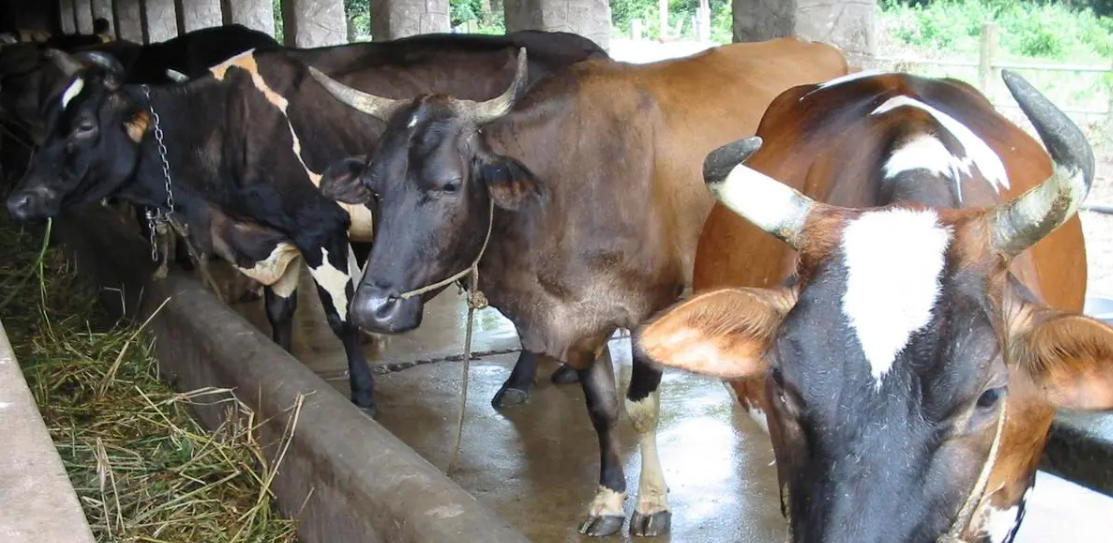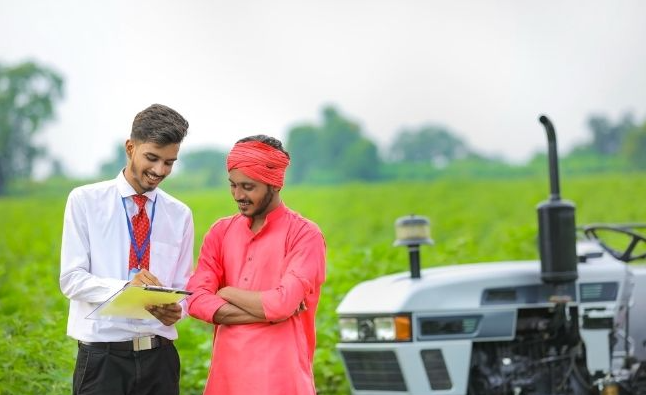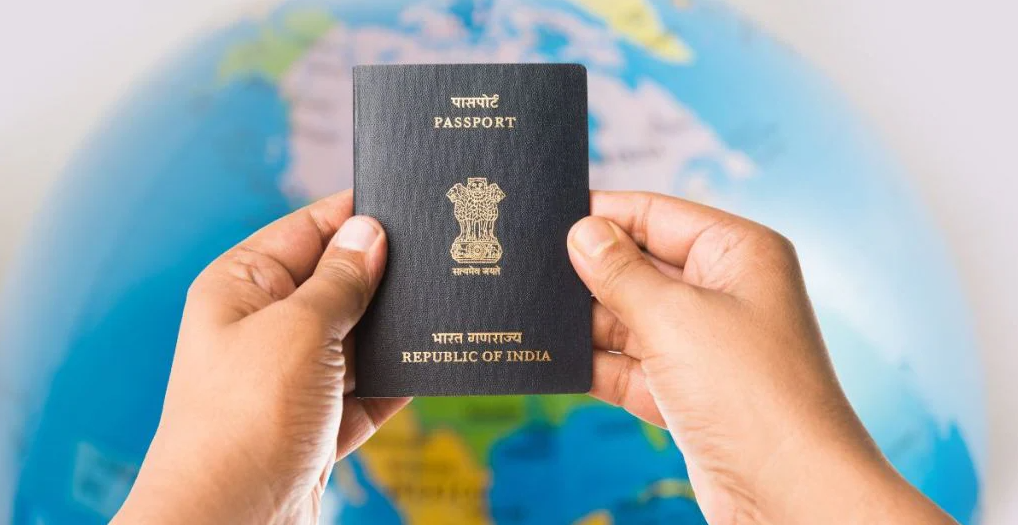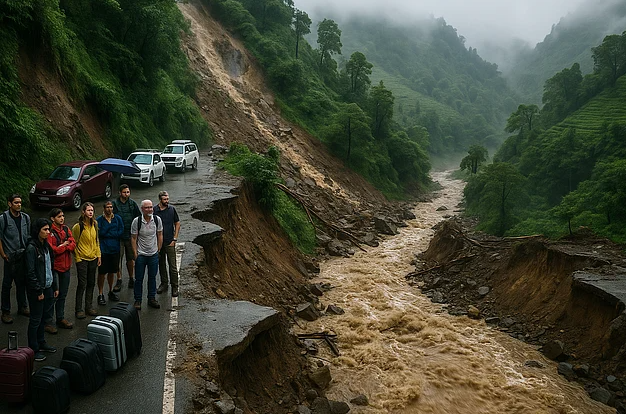India has a large livestock population, with the 20th Livestock Census of 2019 reporting a total of 537 million animals. This includes 303 million bovines (cattle and buffalo), as well as 239 million other livestock, such as sheep, goats, and pigs. It is worth noting that 86 per cent of farmers, predominantly small and marginal, own 80 per cent of this livestock, mostly in rural areas.
Although the market is vast, cattle insurance coverage is still minimal. It’s estimated that less than 10 million cattle are insured nationwide, revealing a significant shortfall in financial protection for rural households. However, the central and state governments have been subsidising the insurance premiums.
Challenges in the cattle insurance sector
There are multiple challenges in cattle insurance implementation, but the following are the crucial ones.
- Past loss experiences: Cattle insurance has been available in India for over 50 years. However, its growth has been slower compared to other insurance lines. Both public sector insurers and private companies have suffered significant losses, partly due to fraud and moral hazards involving agents, banks, and veterinarians. Despite implementing various loss control measures, these issues have proved challenging to eliminate, causing insurers to lose interest in actively promoting cattle insurance. Of course, in recent times, several technology players have attempted to address the issue of moral hazards associated with AI/ML-based tools.
- High premium costs and farmer perceptions: Many farmers consider the cost of insuring cattle—typically 4-6 per cent of the animal’s value each year—to be excessive. For a cow worth Rs 50,000, the farmer would pay a premium of around Rs 2,000-3,000 for a year. According to industry statistics, around 3 out of 100 insured cattle are claimed for each year. As a result, farmers believe that paying such a high premium for 97 out of 100 cows is a waste of money. Insurers often require farmers to insure all their animals at once, which puts a significant financial strain on them. Furthermore, the claim settlement process is often slow and complicated, leading to delayed payments and reduced claim amounts, which has undermined trust among genuine farmers.
- Veterinary service constraints: Veterinary services play a vital role in onboarding and claims verification. However, there are insufficient numbers of veterinarians to cover vast rural areas, and insurance-related tasks are often deemed beyond their primary duties. Delays in claim settlements lead to farmer dissatisfaction, often aimed at veterinarians who are the main point of contact in rural areas.
Recommendations for scaling cattle insurance
Addressing the challenges and unlocking the potential of cattle insurance in India requires a fresh approach to product design. A promising solution is to merge traditional death coverage with an index-based insurance product that compensates farmers either for losses due to the death of cattle or for production losses caused by climate stress, such as extreme temperatures, fodder shortages, and diseases.
Benefits of the combined product
- For farmers: Farmer would be encouraged to insure all their cattle, knowing they could claim compensation either for cattle deaths or production losses caused by weather-related stress. This broader coverage makes insurance more attractive and relevant to their financial situation.
- For banks and other financial institutions: Financial institutions and banks need insurance to cover the loss of assets, such as cattle, so they require traditional death cover as security for their entire loans. With compensation systems in place for weather-related losses, loan repayments become more reliable. Additionally, they can sell cattle insurance to both financed and non-financed cattle, which helps lower the risk of loan defaults.
- For insurance intermediaries: Currently, the death risk coverage product is widely used, while the index-based product has been trialled on a pilot basis. By offering a combined product, agents and brokers can improve their value proposition, increasing their enthusiasm and capacity to promote cattle insurance and generate revenue. Once cattle insurance has been secured, these same farmers can be offered other insurance products, such as motor, health, and life insurance.
- For the government: By supporting insurance products that protect poor farmers from production losses, the government can cut its reliance on expensive relief schemes during severe droughts, cold snaps, and floods, and use public funds more effectively.
- For NGOs and local organisations: Many local organisations and NGOs work to support communities. By leveraging their existing local networks, they can streamline onboarding and claims settlement, thereby enhancing outreach and operational efficiency.
Conclusion
Insuring cattle in India faces notable challenges, including past loss experiences, high premium costs, complex claims procedures, and limited veterinary support. Nevertheless, by creating innovative product designs that blend traditional death coverage with index-based weather insurance, and by involving multiple stakeholders such as banks, intermediaries, the government, and NGOs, it is possible to effectively expand cattle insurance.
This approach provides better financial protection for farmers while also creating a sustainable and scalable business model for insurers, helping to fill a crucial gap in rural financial security.
